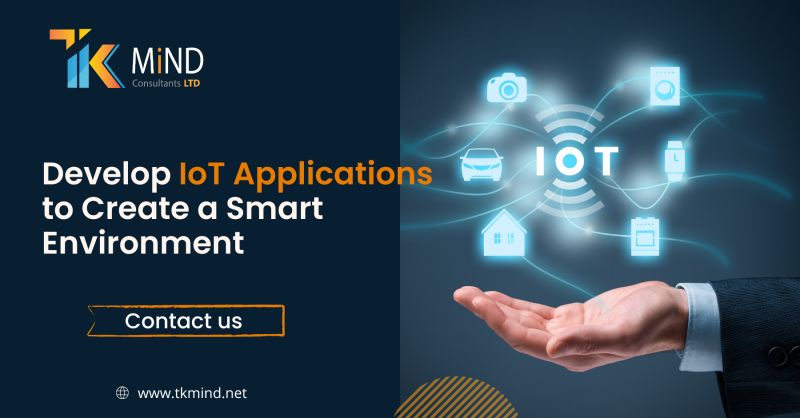To develop IoT applications for creating a smart environment, there are several key considerations that need to be taken into account.
Here are some general steps that TKMind Consultants could consider when developing IoT applications for a smart environment:
1. Define the problem and identify the requirements: The first step is to identify the problem that the IoT application is trying to solve and what requirements the application needs to satisfy. For example, the application could be designed to monitor environmental conditions (such as temperature, humidity and air quality) to provide data to support energy-efficient HVAC systems.
2. Design the architecture: Once the requirements are established, the next step is to design the system architecture, including the hardware and software components needed to support the IoT application. The architecture should be scalable, flexible, and secure. Consideration should be given to the types and number of IoT devices that will be involved in the application and how they will interconnect.
3. Select the right IoT devices and sensors: Choose the right sensors and devices that will work seamlessly with the IoT application. The right devices and sensors will offer the right data that the application needs to collect, analyze, and store.
4. Build the IoT application: Once the architecture is set up, build the IoT application to collect, analyze and store data in real-time. This application could be a web-based user interface or a mobile application to provide a user-friendly interface throughout the smart environment.
5. Test, deploy and maintain: Test the IoT application with pilot projects before deploying them on a wider scale. After deployment, regularly update and maintain the system to ensure that it is working optimally.
By following these steps, TKMind Consultants can create IoT applications that collect, analyze and act on data from sensors to create a smart environment that improves operations and provides enhanced user experiences.
For inquires contact us NOW

